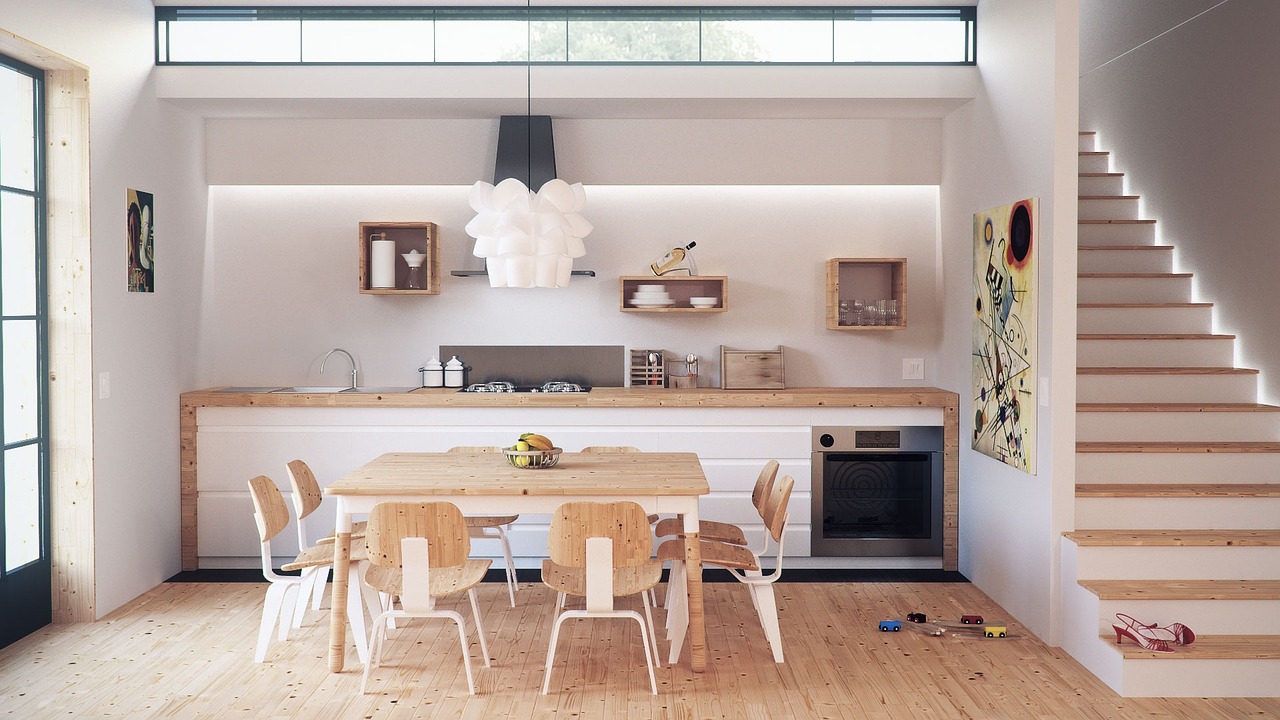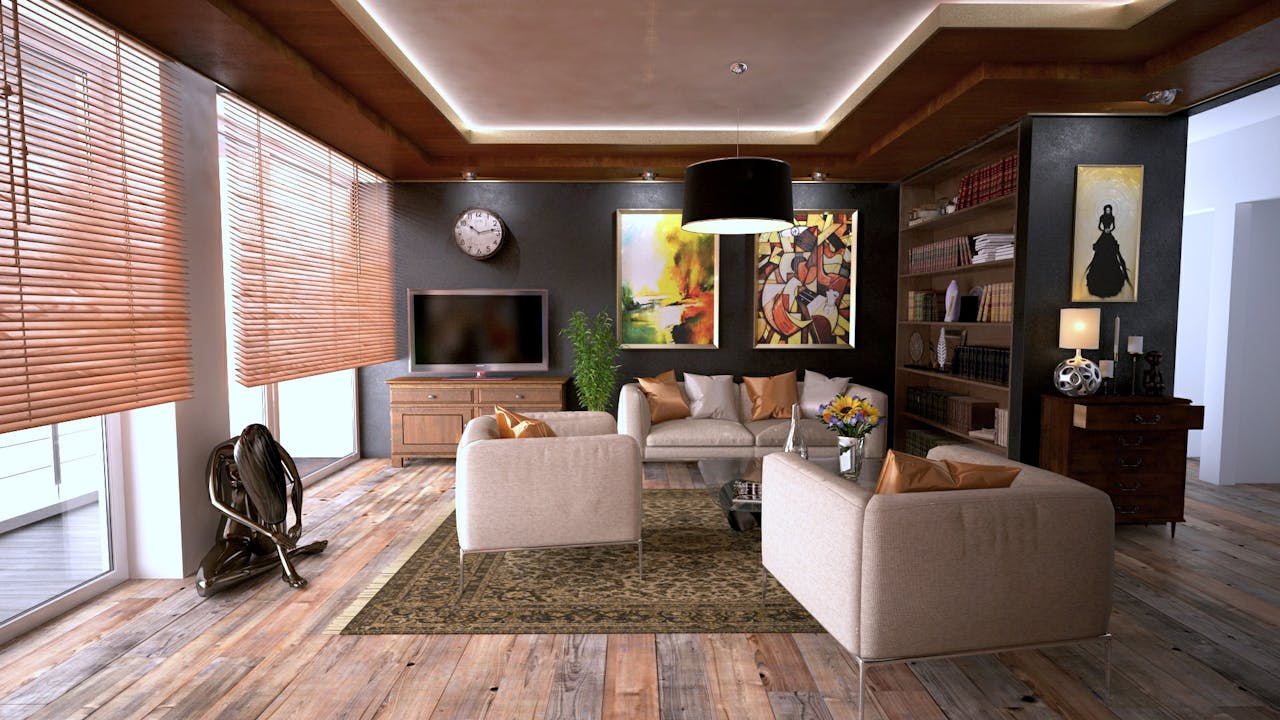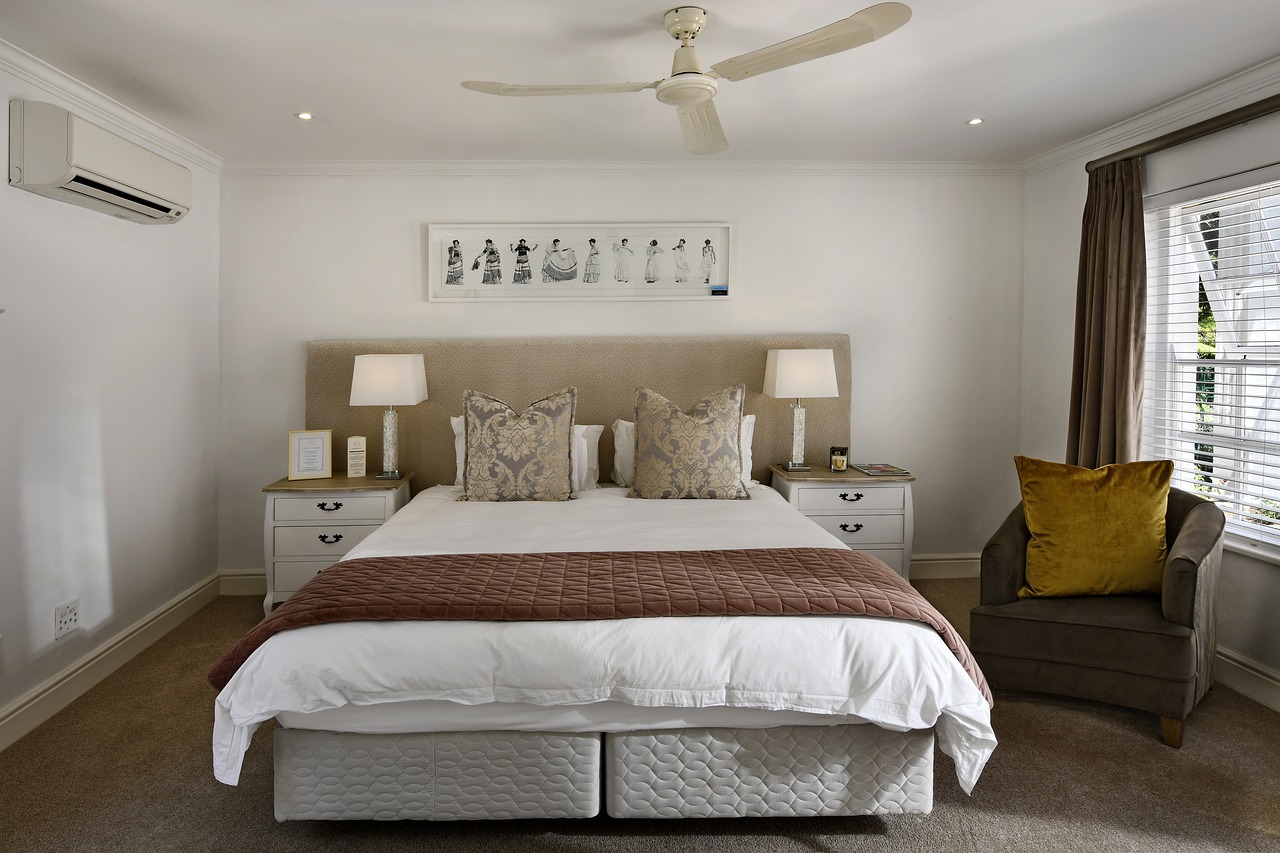Decorating a small minimalist house can be both a challenge and a rewarding journey. By following the principles of minimalism and smart design, you can make your small space feel peaceful and functional. This guide will show you how to bring simplicity and style into your home.

Key Takeaways
- Embrace the power of minimalism to declutter and create a serene living space
- Utilize multifunctional furniture to maximize space and optimize functionality
- Implement smart storage solutions to keep your home organized and clutter-free
- Curate a cohesive color palette using neutral tones and strategic accent colors
- Incorporate natural elements and textures to bring a sense of warmth and balance
Embrace the Power of Minimalism
Minimalism is key to making a small home stylish. By decluttering and keeping only what brings joy, your home becomes a peaceful place. Using furniture that does more than one thing helps make the most of small spaces.
Decluttering: The First Step
Starting a minimalist life means decluttering first. Look at your stuff and ask, “Does it make me happy or is it useful?” If not, it’s time to let it go. Donate, recycle, or sell it. Focus on making a space that feels clean and fresh.
Embrace Multifunctional Furniture
- Invest in space-saving furniture, such as ottomans with built-in storage or Murphy beds that fold away when not in use.
- Choose items like convertible sofas or coffee tables with hidden compartments to keep your living area organized and visually appealing.
- Opt for pieces that can serve multiple purposes, like a dining table that can also be used as a workspace.
Minimalism and multifunctional furniture make a small home feel big and organized. This approach improves your home’s look and brings peace and calm.
Maximizing Space with Smart Storage Solutions
In a minimalist home, smart storage is key to keeping things tidy and organized. By finding creative ways to use every inch, you can make your space calm and free from clutter. This lets you enjoy a life without the mess of too many things.
Using vertical space is a great way to store items in a small space. Try adding floating shelves, wall racks, or a ladder bookcase. These minimalist storage ideas help keep things like books, decor, kitchenware, and linens organized.
Hidden storage is another smart move for saving space. Look for furniture like coffee tables, ottomans, or benches with secret spots for your stuff. Or, choose a bed with drawers or a platform bed with storage underneath.
| Storage Solution | Benefits |
|---|---|
| Floating Shelves | Maximizes vertical space, keeps surfaces clear |
| Multifunctional Furniture | Provides hidden storage, maintains a minimalist aesthetic |
| Under-Bed Storage | Utilizes otherwise wasted space, keeps items out of sight |
With these space-saving solutions, you can tidy up your home, create a peaceful space, and live minimally without losing style or function.

“The ability to simplify means to eliminate the unnecessary so that the necessary may speak.”
– Hans Hofmann
Minimalist Home Design: Making Every Inch Count
In a small minimalist house, every inch matters. Planning your room layout is key to using space well. Design elements that make your home feel open and flowing are crucial.
Using multifunctional furniture is a big part of minimalist interior design in small homes. Choose items like a coffee table with storage or a bed with drawers. This approach boosts functionality and keeps your space tidy.
Don’t forget to use your walls. Floating shelves, eye-level artwork, and loft beds make the most of vertical space. Creative thinking lets you create a functional layout that looks great and feels spacious.
For minimalist home design in small spaces, focus on simplicity. Stick to essential furniture, use natural light, and add personal touches. This way, your small home can become a peaceful and stylish retreat.
Curating a Cohesive Color Palette
Creating a minimalist home starts with picking a color palette thoughtfully. Use neutral color schemes as your base. Then, add accent colors to bring depth and interest. This balance makes your minimalist home feel serene and stylish.
Embracing Neutral Tones
Neutral colors like crisp whites, warm beiges, and soft grays are key for minimalism. They make a space calm and unified. These colors let other design pieces stand out. They also make your home feel open and peaceful.
Adding Accent Colors Mindfully
Neutral colors set the stage, but accent colors bring life to your space. Choose muted blues, earthy greens, or subtle metallics for a pop of color. Use these colors wisely to keep your space cohesive and interesting.

“The essence of minimalism lies in the careful curation of space and color, where less becomes more, and every element serves a purposeful role in crafting a serene and visually captivating environment.”
| Neutral Tones | Accent Colors |
|---|---|
| White, Beige, Gray | Blue, Green, Metallic |
| Soft, calming, and timeless | Vibrant, yet complementary |
| Provide a cohesive foundation | Add depth and visual interest |
Incorporating Textures and Patterns
Minimalism loves simplicity, but adding minimalist textures and patterns can make your small space pop. Try mixing blending contrasting elements like smooth and rough surfaces. This creates a look that’s both simple and interesting.
Blending Contrasting Elements
Using contrasting design elements is key in minimalist design. Mix layering design elements with different textures and looks. For example, pair sleek smooth furniture with a textured area rug. Or, combine clean-lined shelving with patterned accent pillows.
It’s important to balance the patterns and textures in your space. Mix in subtle, geometric prints or natural patterns to add depth. This keeps the space interesting without losing the minimalist feel.
The aim is to make a space that looks good and feels calm. By carefully layering design elements, you can create a look that’s both stylish and peaceful.
Bringing Nature Indoors
Living a minimalist life means adding natural elements to your home. By placing indoor plants and using organic textures, you can make your small home feel serene. This approach brings in a nature-inspired vibe that matches the minimalist greenery look.
Adding indoor plants is a simple way to bring nature inside. These plants clean the air and make your space look calming. Choose from lush ferns, delicate succulents, or bright flowers. Placing minimalist greenery smartly can turn your home into a biophilic design haven.
Using materials like wood, stone, or rattan adds to your home’s minimalist feel. These natural textures bring depth and interest. They create a balance with your decor, making your space feel more natural.
“Bringing the outdoors in is a natural way to create a sense of calm and serenity in any home, no matter the size.”
By using indoor plants and natural elements, you can easily make your small home feel fresh. This mix of modern simplicity and nature’s healing power makes your space a personal retreat.
| Type of Indoor Plant | Benefits | Maintenance Level |
|---|---|---|
| Succulents | Air purification, low maintenance | Low |
| Philodendrons | Improve air quality, easy to care for | Moderate |
| Snake Plants | Resilient, improve air quality | Low |
| ZZ Plants | Air purification, durable | Low |
Conclusion: Achieving Serenity in Simplicity
By adopting minimalist living and using the tips from this article, you can make your small house peaceful, stylish, and decluttered. The key to minimalist home design is simplicity and purpose in every piece, making your living space calm and refreshing.
A serene living space is more than just a tidy home. It’s about valuing quality over quantity and choosing what’s truly important. By picking your items carefully, using smart storage, and adding natural touches, you can create a simple design that improves your health and brings peace.
Let minimalism change your life, making your small, minimalist living space a place of calm and renewal. Enjoy a decluttered home that shows your values and helps you live more intentionally and happily.
FAQ
What are the first steps to embrace minimalism in a small home?
Start by decluttering and keeping only what you need or makes you happy. Use furniture that serves more than one purpose to make the most of your space.
How can I maximize storage in a minimalist small home?
Use smart storage solutions to keep your home clutter-free. Look for ways to use every inch wisely, like vertical storage and furniture with hidden spots.
What design strategies can I use to make the most of a small minimalist house?
Plan your space carefully to use every inch well. Make sure your rooms are functional and open. Use design elements that make the space feel bigger and more connected.
How can I create a cohesive color palette in my minimalist home?
Choose a few neutral colors as your base. Then, add accent colors carefully to bring life to your space without making it too busy.
How can I add texture and pattern to my minimalist interior?
Mix different textures and patterns to add depth to your space. Try combining smooth and rough textures, or clean lines with organic shapes for a unique look.
What are the benefits of incorporating natural elements in a minimalist home?
Adding plants and natural materials can make your home feel more minimalist and peaceful. Place plants thoughtfully and use organic textures to bring in a nature-inspired vibe.



